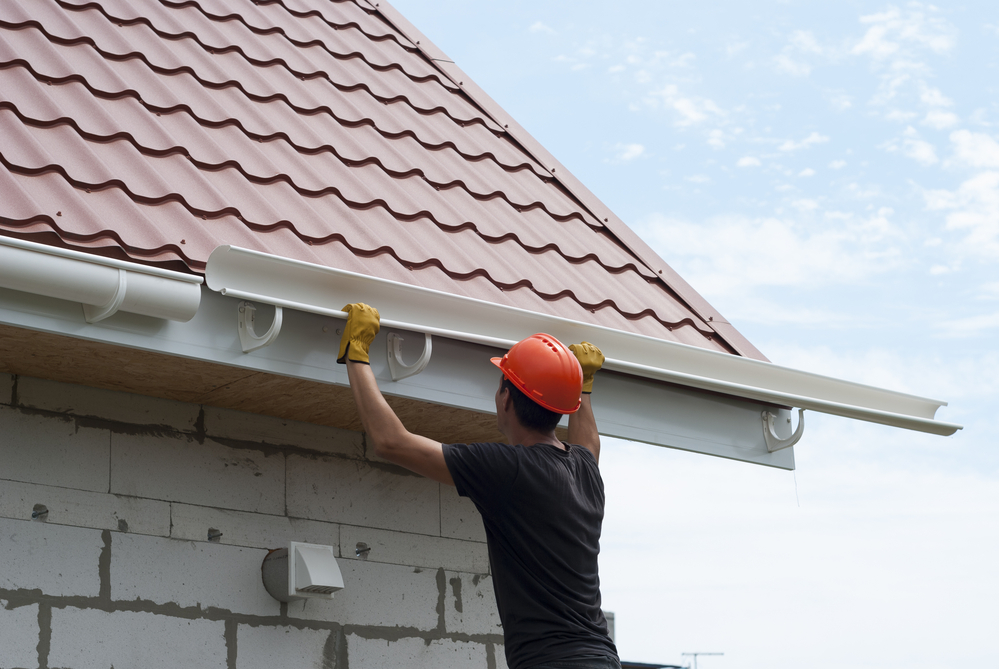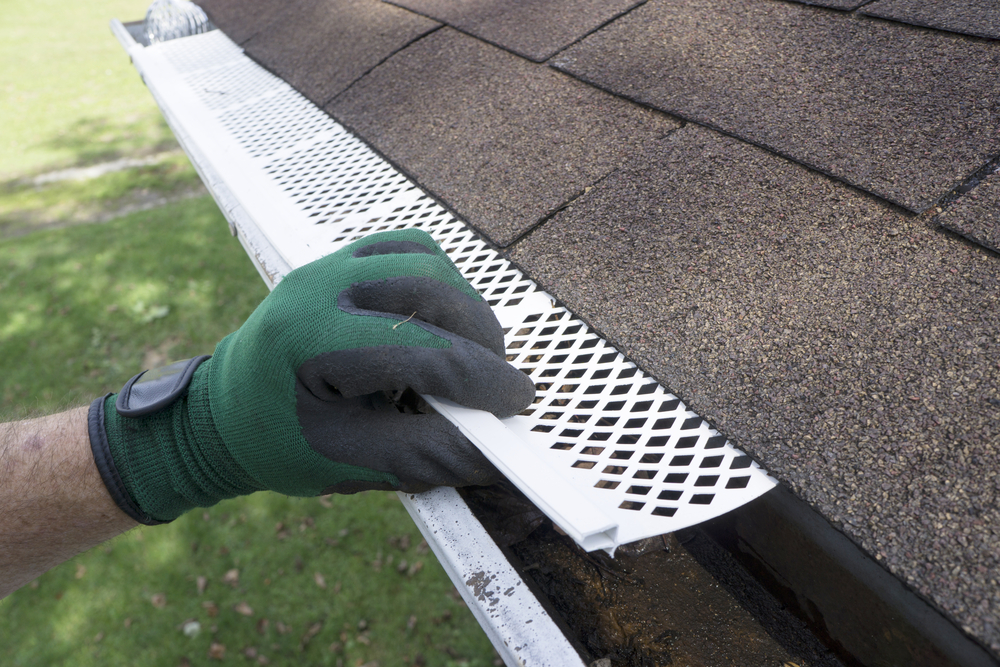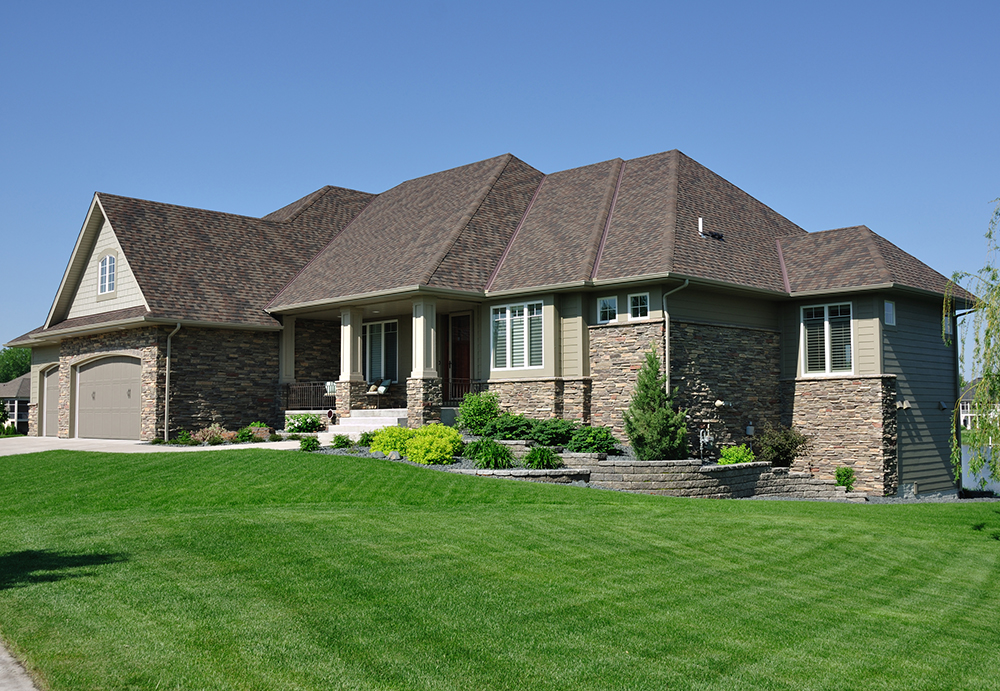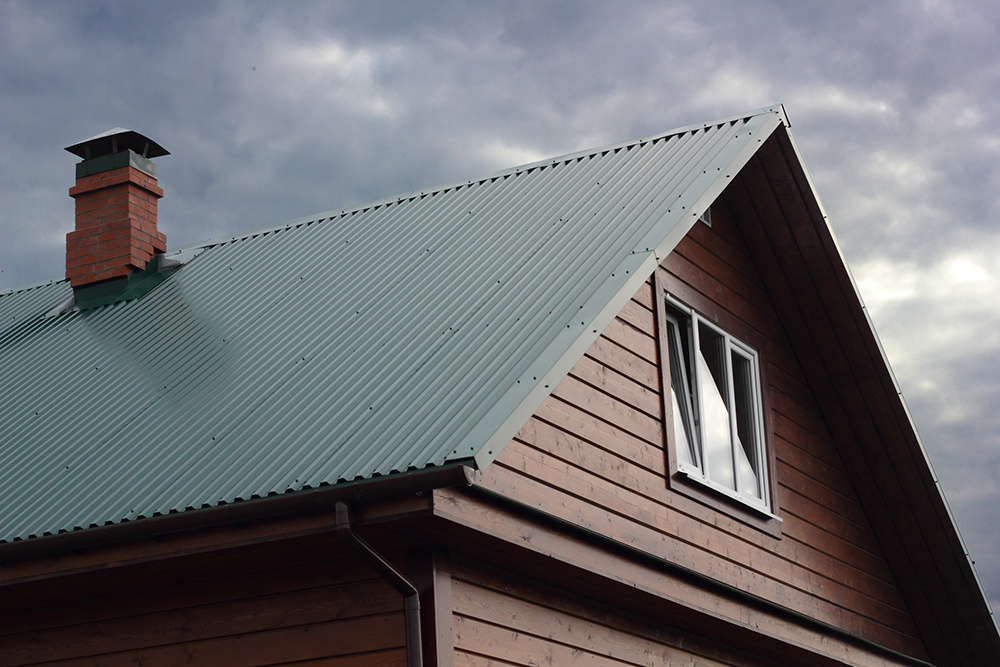Everything You Need to Know About Gutter Replacement
May 2, 2022
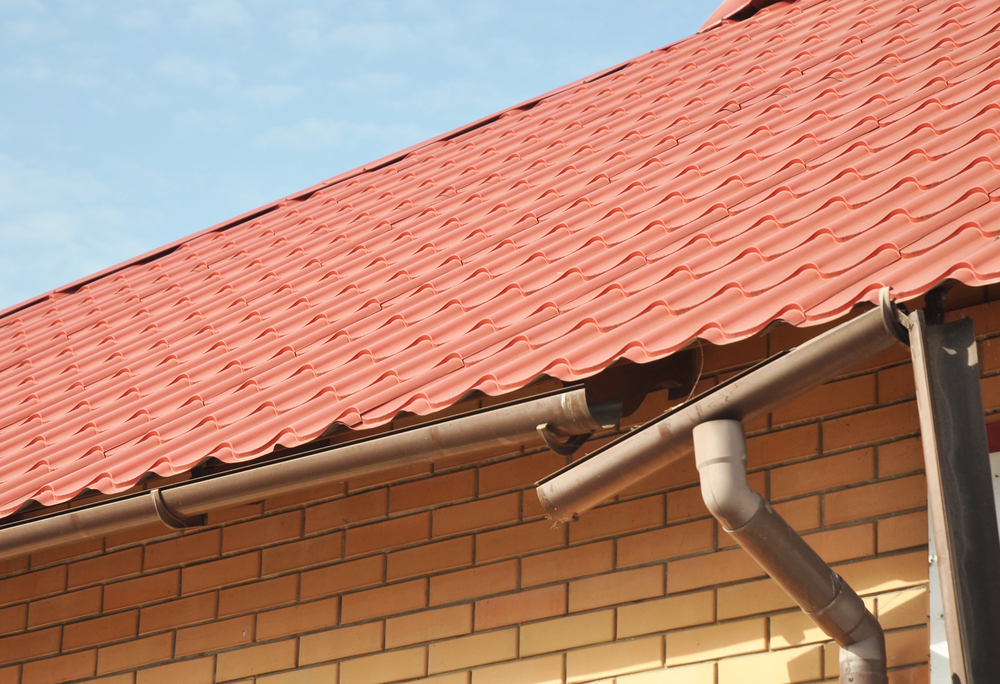
Gutters help to protect your home from the weather. This is because they collect water running off your roof and direct it safely away from your home so that the water doesn’t pool around your house, where it could damage your landscaping or even the foundations of the house. Unfortunately, no gutter system lasts forever and will eventually need to be replaced.
What Are the Signs Your Gutters Need to Be Replaced?
If you see any of the following, it’s time to replace your gutters:
- Gaps between sections of your gutters
- Cracks
- Fractures
- Paint peeling
- Sagging gutters
- Standing water
- Mold
- Mildew
- Rust
- Discoloration on the side of your home from water damage
- Finding nails or screws on the ground
- Water overflowing the gutters
- Issues with the foundations of the house
How Often Do Gutters Need to Be Replaced?
Typically, gutters can last for up to 20 years. This life expectancy is affected by how well you maintain the gutters and weather conditions that could damage the gutters. The best way to ensure that your gutters last for the maximum amount of time is to make sure you perform regular maintenance and cleaning, typically twice a year in spring and in fall. It’s also a good idea to clean them after storms that could deposit leaves and debris in the gutters and cause them to clog or overflow.
How Much Do Replacement Gutters Cost?
On average, replacement gutters cost around $3,500. However, they can range as low as $1,500 or as high as $5,500. The cost depends on the materials used for the gutters, the cost of labor, and whether or not the contractor charges for removing the old gutters.
Which Material Is Best for Gutters?
Gutters can be made out of the following materials:
- Copper
- Vinyl
- Aluminum
- Steel
- Wood
- Zinc
Copper Gutters
Copper is a more expensive option, in part because they can’t be installed by the homeowner. Copper gutters can last for up to 50 years and are more resistant to extreme temperatures, so the price and hiring a professional can be worth the price.
Vinyl Gutters
If you’re wanting to DIY your gutter replacement, vinyl is a good option because it’s inexpensive and easy to cut. Plus, vinyl is rust-proof.
Aluminum Gutters
Aluminum is probably the most popular gutter material. They’re relatively inexpensive but can still last for up to 25 years. They’re also relatively rust-proof and weather-proof and homeowners have a variety of different colors to choose from. However, aluminum isn’t as sturdy as other materials and may be more prone to dents or bends.
Steel Gutters
Steel gutters are very strong, but are a lot more prone to rusting than other gutter materials. It’s also a heavy material that can be difficult to cut, so it’s harder to DIY than other materials. It’s recommended to hire a professional to install steel gutters.
Wood Gutters
Wood isn’t a very common option for gutters, but can offer homeowners a unique appearance. However, its unpopularity is due to high price and a lack of longevity.
Zinc Gutters
Zinc gutters are also a very long-lived option. Like copper gutters, zinc gutters can last up to 50 years before needing to be replaced. On top of that, they don’t fade, warp, or rust. However, the material is the most expensive of all gutter materials. Plus, because zinc gutters have to be welded together, this installation cannot be done by the homeowner, so you would need to hire a professional
Can I DIY a Gutter Replacement?
If you’re particularly handy, then you may be able to DIY your gutter replacement. However, many homeowners opt for hiring a professional. This is because a mistake made in the gutter installation process could end up costing a lot of money in the long run if that mistake results in water damage to the home. Hiring a professional to do your gutter replacement can ensure that it’s done properly the first time and that it’s done quickly.
Measure Your Gutters
The first step is to measure your existing gutters. Your new gutters will need to fit in the exact place your current gutters are located, so you’ll need to buy the same amount of gutters.
Survey Your Home
If you’re replacing your gutters, then where your gutters currently are is where your new gutters should go. It’s a good idea to check to make sure that there are no gaps in the coverage of your home. If there was a problem with your old gutters, you don’t want to replicate that problem with your new gutters.
Remove the Old Gutters
Before you put up the new gutters, you’ll need to remove the old gutters.
Buy Extra Gutter Materials
At a minimum, you’ll need at least as much gutter material as you had before. It’s a good idea to purchase some extra, however, just in case you measured incorrectly or some gutters get damaged during the installation process.
Draw a Layout Line
Before you get started replacing the gutters, make sure that you’ve got a layout line drawn on with chalk. That way, you can be sure your gutters will be level when you start attaching them.
Attach the Brackets
Next, attach the fascia brackets. You’ll need to use stainless steel screws that are long enough to go at least 2 inches into your rafters. There may be existing brackets and screws from the previous gutters. You may be able to reuse some of the screws, but you should use the new brackets that came with the new gutters.
Cut the Gutters to Size
Gutters will need to be cut so that they fit the length of each section of your home. Make sure that you cut them on the ground ahead of time. You’ll need to use a saw to make the cuts. It’s important to plan ahead because any gutters that will be going around a curve will need to be cut at a 45-degree angle.
Attach Gutter End Caps
Once the gutters are cut to size, attach the end caps. This can go directly on the end of the gutter if it’s not going around a corner. However, you’ll need to use pop rivets if it is for a corner location.
Cut Holes for Downspouts
Downspouts are an essential part of the gutter system. Before you start installing the gutters, make sure to cut holes for the downspouts to attach to.
Install Your New Gutters
Now it’s finally time to install the gutters into the brackets that you attached earlier.
Create the Corners
Once your gutters are installed, you’ll need to cover the corner joints with a strip of aluminum strip miter 3 inches wide.
Add the Downspouts
The final step is to connect the downspouts to the gutters.
Should I Install a Gutter Guard
A gutter guard, also known as a leaf guard, can help to keep your gutters clear of leaves and debris. Installing one can help to prevent your gutters from clogging, although you’ll need to periodically clean off the gutter guard.
Should I Hire a Professional?
Even if you have installed your own gutters or plan to install your own gutters, it can still be a good idea to have them inspected by a professional both before and after your installation. A professional can let you know more about what type of gutters you need for your home before you get started so you don’t make the mistake of installing the wrong kind. A professional can also double-check your work after the fact to make sure that your gutters were installed correctly and fix any problems that may have occurred.
For most homeowners, it’s best to hire a professional to handle the entire gutter installation process. That way, you can be certain that the job is done right the first time and that the materials used are the best ones for your home.
For informational purposes only.

